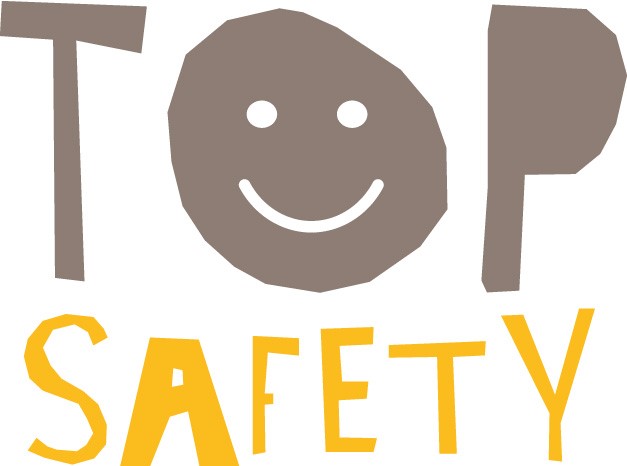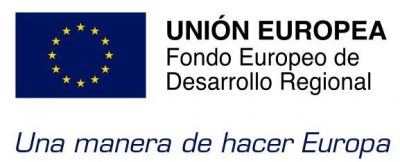
Competitive improvement of children’s products minimising the risks for children – TOP SAFETY
Due to the population to which they are aimed, children’s products are always subject of highly demanding standards in terms of safety and increasingly, the market is demanding other differentiating values such as, for example, innovation in safety, quality or sustainability. These are the values that allow products to compete in international markets and make clients prepared to pay more for them.
The objective of the TOP SAFETY project is to discover which of these attributes are key to improving the competitivity of children’s products and, therefore, the companies themselves.
The research focuses on three main lines of work:
o SAFETY. The project intends to analyse the trends the sector must face in terms of safety, pre-regulatory studies and draft regulations. In doing so, the intention is to identify the safety requirements that need to be considered during the design of the product with a view to the future, and to provide the sector with a tool with which to anticipate regulatory changes, incorporating them into their designs and production processes as soon as possible.
o INTERNATIONAL MARKETS. The European safety regulations and standards with which companies must comply in order to introduce their products into the EU are also the reference framework for certain surrounding countries. Through this facet of the project, we want to identify those markets that adopt EU standards and may be accessible to Valencian companies with only slight modifications to their products. In this way, our intention is to give companies the opportunity to reach more markets at a lower cost compared to markets with regulations and safety approaches that substantially differ from the European legal framework. Israel and other Mediterranean countries adopt European safety regulations for consumer products with a number of deviations. The objective is to know which markets follow the European safety requirements and to what extent, in order to analyse how much a product needs to be adapted for each international market.
o KEY ATTRIBUTES. All products satisfy the minimum safety requirements established in the different regulations, but only a few manage to differentiate themselves and showcase their characteristics. In this sense, this aim of the project is to identify which value proposals can give a specific article clear competitive advantages over products made by their competitors. Among other things, the project will address innovative safety elements, sustainability factors, energy consumption, ergonomic factors or the information that is conveyed to the consumer, all of which can contribute to endowing the product with competitive improvements over products made by their competitors.
The ultimate goal of the TOP SAFETY project is to help companies, on the one hand, to incorporate competitive improvements to their products and, on the other hand, to discover and exploit their strengths. To this end, research will be undertaken that will lead to two key tools:
– A “Charter of Attributes for the Competitive Improvement of Children’s Products”, which will compile all the key attributes that increase the positioning of certain children’s products in the markets, in terms of safety, durability, sustainability or social responsibility.
– A methodology to quantify those attributes that will allow the company to be aware of its positioning with regard to the characteristics of international reference products and companies.
The project constitutes an R&D activity of a non-economic nature, whose objective is to offer companies that manufacture children’s product a specific strategy to improve the competitivity of their product and to therefore cut costs, improving their processes, innovating, and developing new products, as well as expanding to new markets.
- Starting date: 01/01/2019
- Duration: 18 months
- Status: Work in progress
COORDINATOR CONTACT INFO:
- Name: Mª Cruz Arenas
- Telephone: 96 555 44 75
- e-mail: proyectos.seguridad@aiju.es
This project is subsidised by IVACE, the Valencian Institute for Business Competitiveness of the Regional Government of Valencia, 50% co-financed through the FEDER Operational Programme of the Valencian Community 2014-2020.

